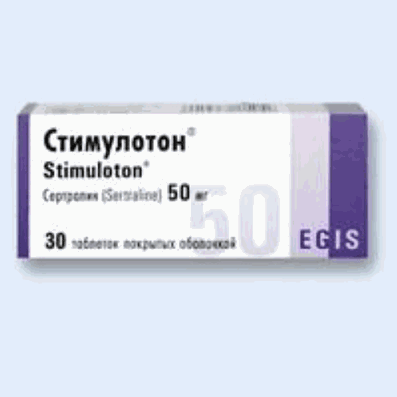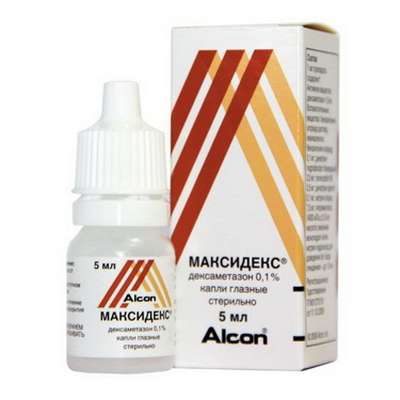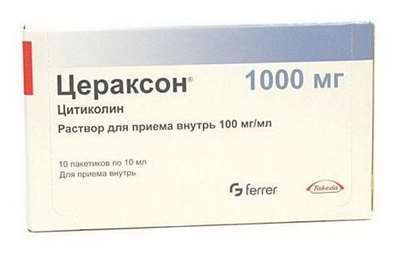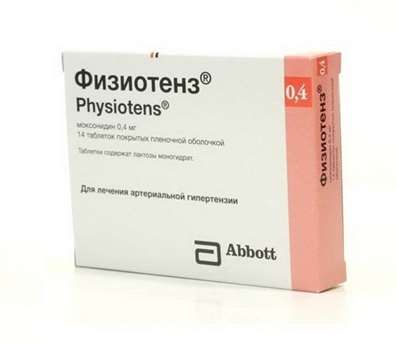Instruction for use: Estrogens conjugatate (Estrogens conjugatate)
I want this, give me price
Pharmacological groups
Estrogens, gestagens; their homologues and antagonists
Antineoplastic hormonal agents and hormone antagonists
Nosological classification (ICD-10)
C61 Malignant neoplasm of prostate
Adenocarcinoma of the prostate, Hormone-dependent prostate cancer, Hormone-Resistant Prostate Cancer, Malignant tumor of prostate, Malignant neoplasm of prostate, Carcinoma of the prostate, Locally-distributed non-metastatic prostate cancer, Locally advanced prostate cancer, Locally spread prostate cancer, Metastatic prostatic carcinoma, Metastatic prostate cancer, Metastatic hormone-resistant prostate cancer, Non-metastatic prostate cancer, Incompatible prostate cancer, Prostate Cancer, Prostate cancer, Common prostate cancer, Testosterone-Depot Prostate Cancer
E28 Ovarian dysfunction
Dysfunction of the sex glands, Abnormal ovarian function, Non-functioning ovaries, Primary dysfunction of the ovaries, Decreased function of the sex glands, Estrogen insufficiency
E28.3 Primary ovarian failure
Hypogonadism of the ovary (primary), Hypofunction of the ovaries, Estrogen deficiency, Insufficient estrogen content in the body, Insufficiency estrogenic, Insufficiency of estrogens, Primary dysfunction of the ovaries, Estrogen-deficient conditions
E30.0 Delay in puberty
Later sexual development, Sexual maturation later
M81.0 Postmenopausal osteoporosis
Menopause osteoporosis, Osteoporosis in menopause, Osteoporosis in menopause, Osteoporosis in postmenopausal women, Osteoporosis in the postmenopausal period, Postmenopausal osteoporosis, Osteoporosis in postmenopausal women, Perimenopausal osteoporosis, Postmenopausal osteoporosis, Post-menopausal osteoporosis, Postmenopausal osteoporosis, Postmenopausal demineralization of bones, Osteoporosis with estrogen deficiency, Osteoporosis in postmenopausal women, Osteoporosis in postmenopausal women and after hysterectomy
N93 Other abnormal bleeding from the uterus and vagina
Atonic uterine bleeding, Prolonged menstruation, Blood loss during menstruation, Bleeding from the genitourinary system, Bleeding uterine dysfunctional, Bleeding from the genital tract of organic etiology, Uterine bleeding, Menorrhagia with fibroids, Functional uterine bleeding, Abnormal bleeding from the genitals in women
N94.6 Dysmenorrhea Unspecified
Pain during menstruation, Functional disorders of the menstrual cycle, Menstrual cramps, Emmeniopathy, Pain during menstruation, Painful menstrual irregularities, algomenorrhea, algomenoreya, Pain smooth muscle spasm, Pain spasm of smooth muscles (renal and biliary colic, intestinal spasms, dysmenorrhea), Pain spasm of smooth muscles of internal organs (kidney and biliary colic, intestinal spasms, dysmenorrhea), Disalgomenoreya, dysmenorrhea, Dysmenorrhea (essential) (Exfoliative), menstrual disorder, menstruation painful, metrorrhagia, Violation of the menstrual cycle, Menstrual irregularities, Prolaktinzavisimoe menstrual disorders, Prolaktinzavisimoe menstrual dysfunction, Pain spasm of smooth muscles of internal organs, Spasmodic dysmenorrhea, Primary disalgomenoreya
N95.1 menopausal and menopausal status of women
Atrophy of the mucosa of the lower genital tract, caused by estrogen deficiency; Vaginal dryness; Autonomic dysfunction in women; gipoestrogeniya state; Deficiency of estrogen in menopausal women; Degenerative changes of the mucous membrane in the menopause; Natural menopause; an intact uterus; climacteric; Menopause women; Menopause in women; menopausal depression; Climacteric ovarian dysfunction; Menopause; Climacteric neurosis; Menopause; Menopausal symptoms complicated psychovegetative; Climacteric syndrome; Climacteric vegetative disorders; Climacteric psychosomatic disorder; menopausal disorders; Menopausal disorders in women; menopausal condition; Climacteric vascular disorders; Menopause; Menopausal vasomotor symptoms; menopausal period; Lack of estrogen; Feeling the heat; Pathological menopause; perimenopause; menopause; postmenopausal; Premature menopause; premenopauznom period; tides; hot flashes; flushing in the Meno and postmenopausal; Hot flashes / hot flashes in menopause; Heart attack during menopause; Early menopause in women; Disorders of menopause; climacteric syndrome; Vascular complications of menopause; Physiological menopause; Estrogendefitsitnye state; premature Menopause
Pharmacology
The pharmacological action is estrogenic.
Regulate the development and preservation of the function of the female reproductive system, the formation of secondary sexual characteristics. Relieve or stop manifestations of climacteric syndrome - vasomotor disorders, emotional (irritability, anxiety, depression) and urogenital (atrophic vaginitis, progressive diffuse atrophy of the vulva) symptoms. Prevent the development of postmenopausal osteoporosis, increase the level of HDL (high-density lipoproteins), reduce - LDL and total cholesterol, reduce the risk of developing cardiovascular diseases.
The components of the drug are soluble in water and well absorbed in the digestive tract (gastrointestinal tract), penetrate into the target tissues (genitals, mammary glands, bones, hypothalamus, pituitary gland), cytoplasm and cell nuclei, where they stimulate the synthesis of RNA and protein. Biotransformation occurs mainly in the liver, estrogens are excreted with bile, but are reabsorbed from the intestine and return to the portal vein system. Water-soluble conjugates of estrogens with acidic properties are ionized in the body and excreted by the kidneys with minimal reabsorption in the tubules.
Application of Estrogens conjugatate
Menopause, postmenopausal osteoporosis, dysfunctional uterine bleeding, cardiovascular disease during menopause and postmenopause, hypogonadism in women, conditions after ovariectomy, primary dysfunction of the ovaries, inoperable prostate cancer.
Contraindications
Hypersensitivity, breast cancer or suspected of it (with the exception of inoperable), estrogen-dependent tumors, active thrombophlebitis or thromboembolism, impaired renal and hepatic function, sickle cell anemia, prolonged immobilization, Dubin-Johnson and Rotor syndromes, vaginal bleeding of unclear etiology, pregnancy and breastfeeding.
pregnancy and lactation
The action category for the fetus by FDA is X.
Side effects of Estrogens conjugatate
Depression, headache, weight gain, endometrial hyperplasia, breast enlargement and soreness, premenstrual-like syndrome, edema, changes in liver function, jaundice, rash and pigmentation on the face, irritations under contact lenses, contact allergic reactions.
Interaction
Reduce the effect of inhibitors of acetylcholinesterase, anticoagulants, antidepressants, antidiabetics. Rifampicin, barbiturates, butadione accelerate the metabolism of estrogens.
Overdose
Symptoms: nausea, vomiting, uterine bleeding.
Treatment: gastric lavage, maintenance therapy.
Routes of administration
Inside.
Precautions for Estrogens conjugatate
With caution (under constant supervision) is prescribed for diabetes mellitus, epilepsy, mastopathy, multiple sclerosis, thyrotoxicosis, porphyria. Prolonged use of estrogen may increase the likelihood of developing endometrial cancer; to reduce the risk of hyperplastic changes, the endometrium is used in combination with gestagen from 10 to 14 days of the monthly cycle.

 Cart
Cart





